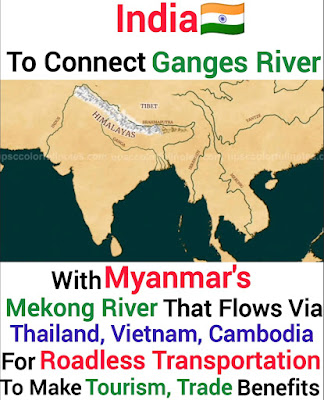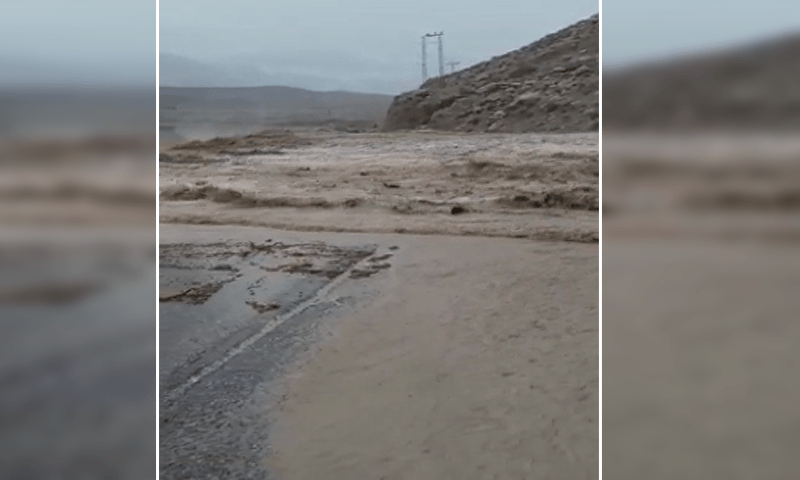Connecting Ganga And Mekong — A Road Less Travelled But Can Pave Way For A Flourishing Future
Centuries ago, the sacred waters of the Ganga and the Mekong intermingled to irrigate the syncretic culture of two distant lands, connecting the two regions, though full of physical hurdles.
The two lands still remain devoid of modern and regular land connectivity, and may take another year or two to symbolically revive the land connections between the plains of Ganges and Mekong, with the opening of Kolkata-Myanmar-Bangkok trilateral highway. The project was reviewed during the July 17 foreign ministerial meetings of BIMSTEC and the Mekong Ganga Cooperation (MGC) mechanism in Bangkok.
BIMSTEC, or the Bay of Bengal Initiative for Multi-Sectoral Technical and Economic Cooperation, was set up in 1996, and with the inclusion of Myanmar it expanded to seven members (Bangladesh, Bhutan, India, Myanmar, Nepal, Sri Lanka, and Thailand) in 1997, whereas the MGC, set up in 2000, involves India and five member countries of ASEAN (Association of Southeast Asian Nations) namely Myanmar, Laos DPR, Cambodia, Thailand and Vietnam, lending much credence to the group from Indian strategic perspective in the modern age geopolitical environment.Though 1,875 kms of land divides the Ganga and Mekong rivers in the famous lands of Angkor Wat, the people of two regions in ancient days never felt any imagined barrier that could have prevented them from intermingling and developing close cultural and economic exchanges. They easily overcame all physical hurdles to crisscross the entire landmass. Unfortunately, the human barrier today is playing a bigger role in preventing the free flow of peoples from the two areas. Hence, both BIMSTEC and MGC have not yet been able to mark their presence. The area flourished with Hindu and Buddhist kingdoms, reflecting proximity between two societies. Today, the area is riven with political differences and violent rebel activities, and low level of diplomatic, official and political contacts are preventing the same harmonious relationship that prevailed almost a thousand years ago.
The peoples and governments of the region have realised the potential of promoting free movement of trade and peoples in the area. In order to promote peace, tranquillity and prosperity in India and its immediate neighbourhoods like the ancient lands of Myanmar, Cambodia, Laos, Vietnam, Thailand, the sovereign governments of the two regions are engaged in promoting similar cooperative living today. The visit of Indian External Affairs Minister S Jaishankar to Bangkok this month was organised with a similar intent. The completion of Bangkok-Kolkata highway, the construction of which started two decades ago, is likely by the end of next year and it may herald a revived era of Ganga Mekong cooperation.
Amid much hyped diplomatic engagements related to high-profile forthcoming summits like the G20 (an organisation of 20 developed and developing countries) to be held on September 7-8 in New Delhi, the BRICS (an organisation of five leading developing non-West powers summit to be held in Johannesburg on 22- 24 August) and the just concluded SCO (an organisation of nine central Asia and adjoining countries) virtual meet (July 4) hosted by India, the inaugural meeting of foreign ministers of BIMSTEC went largely unnoticed. In its two and a half decades of existence, BIMSTEC has held only five summits till date. Home to 1.8 billion people and an economy of USD 4.5 trillion, the grouping holds great promise for the entire world



Comments
Post a Comment